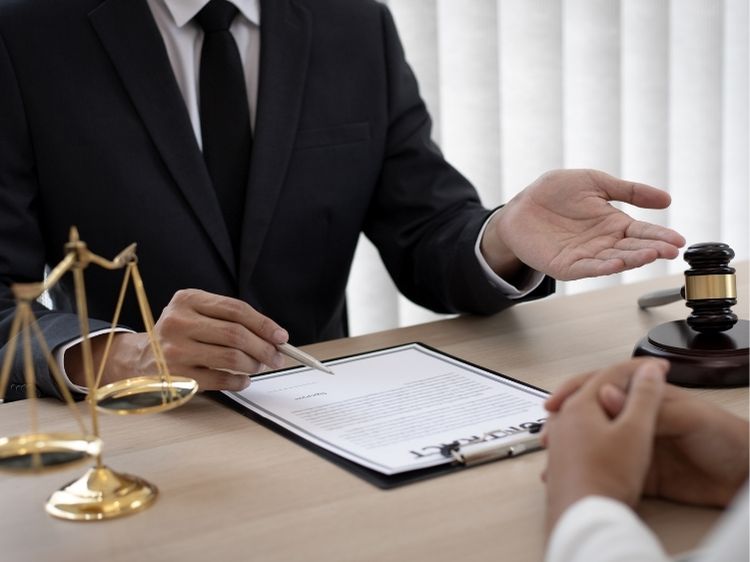Imagine driving down the road when suddenly you hear about a recall on the very car you’re in. Or maybe you bought a product only to find out later it doesn’t meet safety standards. What’s happening? This is a non-compliance recall, a term that’s often thrown around but not always well-understood.
In this article, we’ll dive deep into the world of non-compliance recalls. Whether it’s related to vehicles, consumer products, or industrial equipment, understanding these recalls can save you time, money, and possibly even your life.
What Is a Non-Compliance Recall?
At its core, a non-compliance recall is issued when a product fails to meet regulatory or safety standards. It’s not necessarily about a defect that directly endangers users but rather about the product’s inability to comply with government or industry requirements.
Common Examples of Non-Compliance Recalls
- Automobiles: Missing warning labels, incorrect tire information, or faulty emissions systems.
- Consumer Products: Toys without proper age-appropriate warnings or electrical appliances lacking safety certifications.
- Industrial Equipment: Machinery sold without proper safety guards or operating manuals.
These recalls are crucial for ensuring that companies adhere to the standards meant to protect consumers.
How Does a Non-Compliance Recall Work?
When a company discovers or is alerted to non-compliance, they must initiate a recall process. Here’s how it typically unfolds:
- Identification of Non-Compliance
- Government agencies (like the National Highway Traffic Safety Administration or Consumer Product Safety Commission) or independent watchdogs may identify issues.
- Sometimes, companies self-report non-compliance to avoid fines or penalties.
- Notification
- Manufacturers notify affected consumers through emails, letters, or public announcements.
- Details include the issue, affected products, and the next steps for resolution.
- Resolution
- Consumers may need to return the product, schedule a repair, or receive a replacement.
- Some companies offer refunds or free fixes as compensation.
Why Do Non-Compliance Recalls Happen?
There’s no single reason for these recalls, but here are some of the usual suspects:
- Manufacturing Errors: Mistakes during production can lead to non-compliant products.
- Design Oversights: A product might meet initial safety checks but fail under stricter regulatory reviews.
- Regulatory Updates: Standards change over time, and older products may no longer comply.
- Cost-Cutting Measures: Let’s face it—some companies cut corners, and it comes back to bite them.
Impact of Non-Compliance Recalls
You might be wondering, “What’s the big deal?” Well, non-compliance recalls can have serious consequences:
For Consumers
- Safety Risks: Even minor non-compliance issues can escalate into safety hazards.
- Inconvenience: Time spent returning products or scheduling repairs can be frustrating.
- Financial Costs: While companies often cover recall-related costs, indirect expenses (like lost time) can add up.
For Companies
- Reputation Damage: A recall can tarnish a brand’s image and reduce consumer trust.
- Legal Consequences: Companies may face fines, lawsuits, or stricter oversight.
- Financial Loss: Recall processes, product replacements, and potential lawsuits aren’t cheap.
What Should You Do If You’re Affected by a Non-Compliance Recall?
If you’ve been notified about a non-compliance recall, don’t ignore it. Here’s a step-by-step guide to handling the situation:
- Verify the Recall
- Check the manufacturer’s website or the relevant regulatory agency’s database.
- Follow Instructions
- Read the recall notice carefully and follow the provided steps.
- Contact Customer Support
- If instructions aren’t clear, reach out to the company for clarification.
- Document Everything
- Keep records of correspondence, receipts, and any steps you’ve taken.
- Act Promptly
- Delaying action could lead to safety risks or missed deadlines for remedies.
Preventing Non-Compliance Recalls
While consumers can’t always prevent recalls, companies can take proactive measures to minimize the risk:
- Rigorous Testing: Products should undergo thorough testing before hitting the market.
- Adherence to Standards: Stay up-to-date with industry regulations and implement them during design and production.
- Quality Assurance Programs: Regular audits and inspections can catch issues early.
FAQs
- What’s the difference between a defect recall and a non-compliance recall?
A defect recall involves a safety-related issue that poses an immediate risk, while a non-compliance recall is about a product failing to meet regulatory standards, even if it’s not directly dangerous. - Are companies required to compensate consumers during a recall?
It depends. Most recalls involve free repairs, replacements, or refunds, but the specifics vary by case and region. - Can I still use a product under recall?
Usually, recall notices will specify whether it’s safe to continue using the product. When in doubt, it’s better to stop using it. - How can I check if a product has been recalled?
You can visit regulatory agency websites like NHTSA.gov for vehicles or CPSC.gov for consumer products. - Do recalls affect resale value?
For vehicles and some high-value products, unresolved recalls can impact resale value. Fixing the issue usually restores the product’s worth.
Conclusion
Non-compliance recalls might seem like a hassle, but they play a vital role in keeping consumers safe and holding manufacturers accountable. By understanding the process and knowing how to respond, you can protect yourself and your loved ones from potential risks.
Authoritative Links:
- National Highway Traffic Safety Administration: https://www.nhtsa.gov/
- Consumer Product Safety Commission: https://www.cpsc.gov/
- Food and Drug Administration Recalls: https://www.fda.gov/
- Product Recall Information: https://www.recalls.gov/

